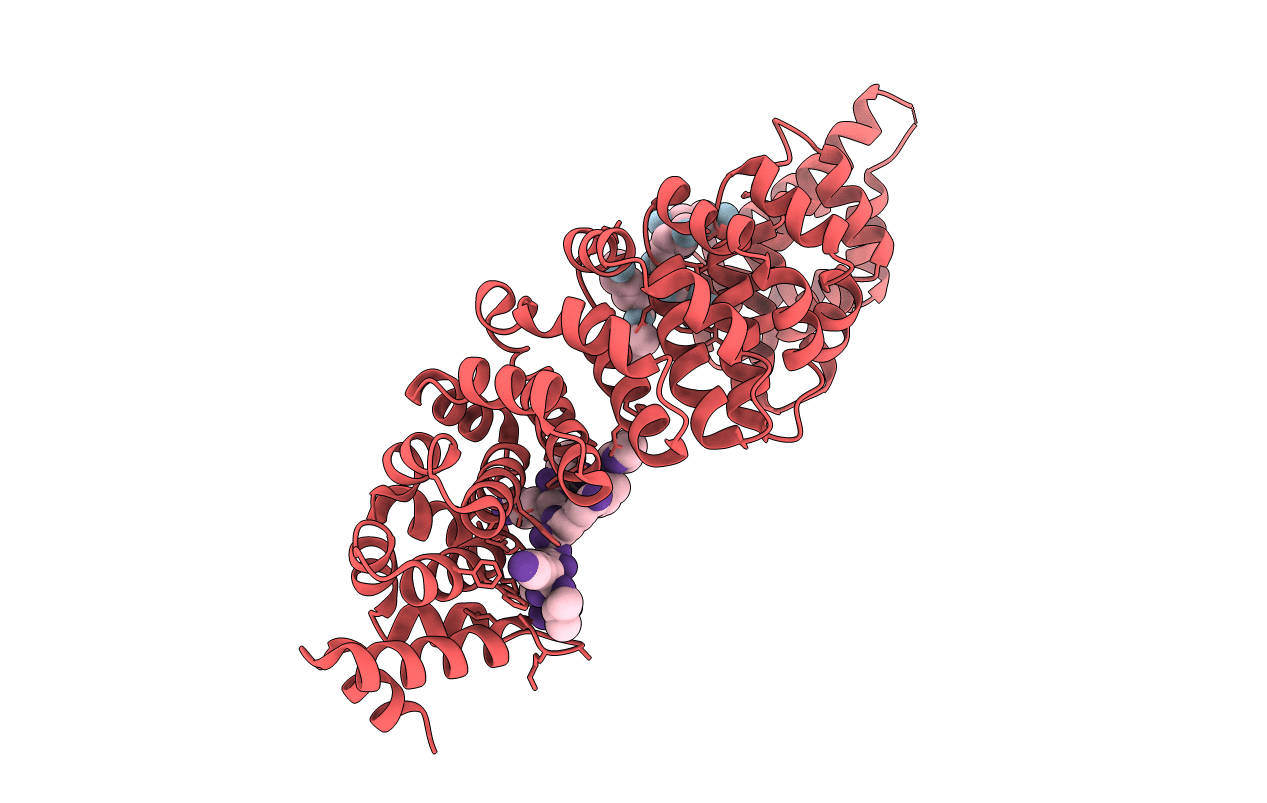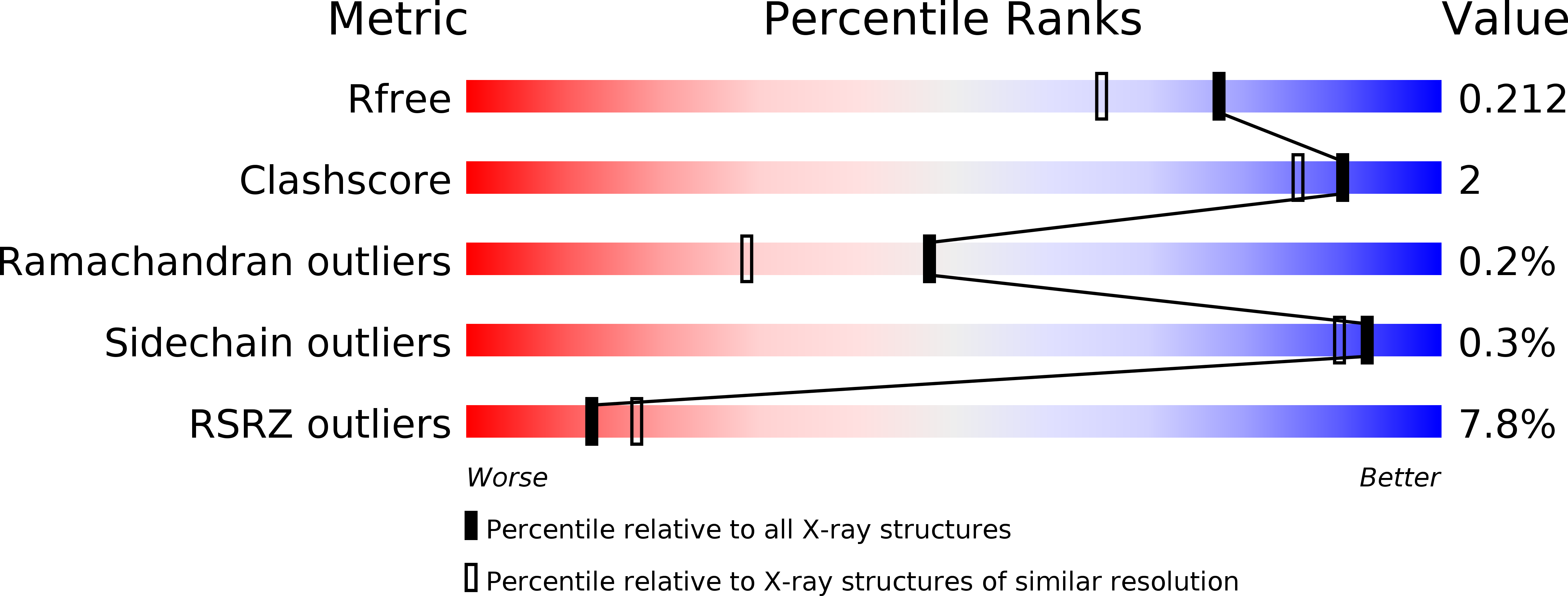
Deposition Date
2014-12-11
Release Date
2015-07-01
Last Version Date
2023-09-20
Entry Detail
PDB ID:
4RXH
Keywords:
Title:
Crystal Structure of Importin-alpha from Neurospora crassa complexed with SV40NLS
Biological Source:
Source Organism:
Neurospora crassa (Taxon ID: 5141)
Simian virus 40 (Taxon ID: 10633)
Simian virus 40 (Taxon ID: 10633)
Host Organism:
Method Details:
Experimental Method:
Resolution:
1.76 Å
R-Value Free:
0.21
R-Value Work:
0.18
R-Value Observed:
0.18
Space Group:
P 21 21 21


